Charlotte Cavalier
Blogger | Mom of One
It seems like every couple years there are new standards for which sunscreen is the best. What level SPF do we need? What key ingredients should it (or shouldn’t it) contain?
June 2012, you’ll begin to see several changes to sunscreen labels due to a new requirement by the U.S. Food and Drug Administration. The FDA requires that all sunscreens include what type of UV protection they offer, what the product can do, and specifically say if it’s water resistant or not.
To jumpstart your summer sunscreen education, here are a few key terms to keep in mind.
SPF
According to the American Melanoma Foundation, dermatologists recommend the daily use of a sunscreen with an SPF 15 or higher. For those of you that are fair-skinned and sunburn easily, experts also recommend you select a sunscreen with a higher SPF to provide additional protection. If you use SPF 15, you can be in the sun 15 times longer than without it and it absorbs 93% of UV radiation. There is no sunscreen that blocks UV rays 100 percent. For a baby, try using as high as 50 SPF and keep those little ones out of the sun when possible. You can never be too safe.
Water Resistant
The FDA states that if a product is labeled “water resistant” it must maintain its SPF protection for at least 40 minutes during “wet” activities – swimming or sweating. Remember, no sunscreen is totally waterproof or water resistant. Some may last up to 80 minutes, but experts recommend you still reapply often.
Broad Spectrum
You’ll want to choose a sunscreen with this label, as it’ll not only protect you from UVB rays, but also UVA rays. This additional protection will reduce the risk of skin cancer and premature aging.
Active Ingredients
According to RealSimple.com there are two active ingredients to look for in a sunscreen and as it pertains to the way it absorbs and/or reflects rays. 1. Avobenzone penetrates the skin’s surface and helps absorb harmful UVA rays. (Note: Helioplex is another name for the same technology as avobenzone.) 2. Zinc oxide or titanium dioxide. These ingredients reflect rays away from the skin and are good for people with sensitive skin.
SPF Clothing
Especially for your children, but also for adults, consider trying out UV protected clothing or swimwear. There are many brands making great swim shirts for kids that will really help keep those harmful UV rays away from large parts of your child’s skin. One that we love (that is also a Mom’s Choice Award honoree is SwimZip. All SwimZips are UV 50+, which blocks 99% of UVA and UVB rays and are chlorine resistant. Plus they come with a full-length zipper down the front for easy-on, easy-off for kids.
We hope this helps to educate everyone a little more about what to look for in a sunscreen – enabling you to be sun smart this summer. Be sure to check out the above links for more “expert” information beyond our “mom perspective”.
BTW, we’re curious, what brand sunscreen is your favorite for your family? ?
This post was original posted on the now-defunct Mom’s Choice Matters blog on 6/6/2012.
About Charlotte Cavalier
Charlotte is a blogger for Mom’s Choice Awards. She is a mom of one. View all posts by Charlotte Cavalier here.

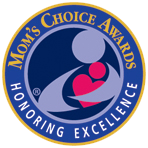
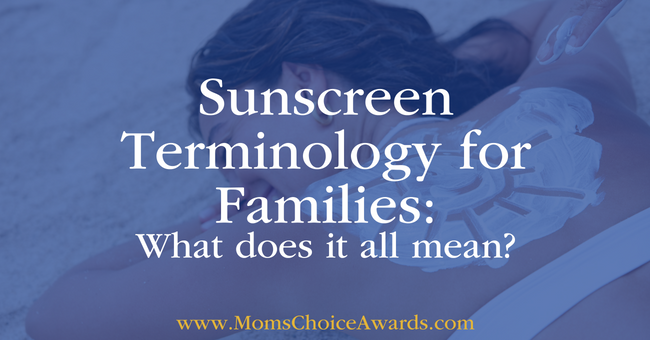
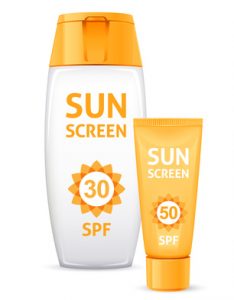

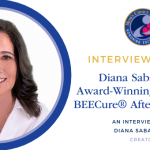

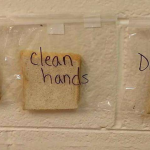
7 Comments on “Sunscreen Terminology for Families: What does it all mean?”
Thanks for the tips! I have four fair skinned kids to protect.
Thank you for all the information. I use the same spf on all four of my kids but for now on I will use a higher one as I have a fair skinned child.
Sunblocz Baby+Kids 100% natural sunscreen, 50+ SPF, UVA+UVB Broad-Spectrum, Very Water Resistant 80 Mins just received a Patent!
We’d love to test out your product! if you’re interested in applying for a MCA, please visit this link: https://www.momschoiceawards.com/apply/
i love sunscreen. this is a great resource for explaining what it all means
Thanks for the information,we do need to protect ourselves!
Such an informative post , thank you . Great to read before our summer hits and we are spending more time outside .